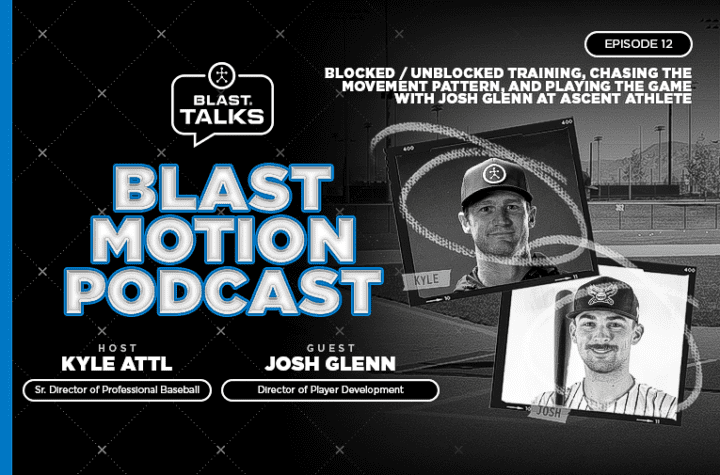Slow and Steady Wins the Race? OR Fast and Efficient Gets Results?
We’ve seen a huge change in fitness trends over the past few decades. We’ve altered the way we define effective cardio and strength training, and on top of that we’ve added an incredible amount of technology into the mix. Our workouts today focus on reaching results faster and more efficiently.
Check out this infographic to see how we’ve managed to make our workouts more powerful than ever!
Share This Infographic On Your Site
Cardio Trends
- Past Trend: Used to do at least 20 minutes of cardio to reach fat-burning levels.
- Current Trend: Now we reach higher fat-burning levels in under 20 minutes.
- The workout – high-intensity interval training (HIIT) #2 Fitness Trend of 2015 (according to ACSM’s Health & Fitness Journal)
- What’s the logic behind that? When you “damage” your muscle tissues (as you do in this type of extreme workout), your body uses up more energy to repair those tissues.
- This tissue repair ramps up your metabolism during the workout and maintains it for hours after.
- Past Trend: Cardio is not used to build muscle mass.
- Current Trend: Cardio exercises can help you gain muscle faster.
- Hours upon hours of cardio may hold back some of your muscle gain, but quick and intense cardio workouts (i.e. getting your heart rate up to max levels for shorter periods of time) boost your metabolism and help you build muscle faster.
- Keep in mind that if muscle building is your goal, then you should be consuming more calories than you’re burning.
- Cardio also gives you a healthier heart and better blood circulation, pushing nutrients to your muscle tissue and repairing your muscles faster.
Weight Training & Strengthening Trends
- Past Trend: Get a perfect six-pack with weighted ab crunches.
- Current Trend: Use stabilizing exercises to get that gorgeous six-pack.
- Weighted crunches can definitely help define your six-pack, but what that’s really doing is growing your muscle.
- If you do too many weighted crunches you can end up looking bulky in your stomach rather than lean.
- Stability training and balancing exercises engage your core and all the muscle fibers in your abs.
- This core engagement tones your abs while burning calories, creating a leaner look.
- Past Trend: Add muscle mass through isolated strengthening exercises.
- Current Trend: Get faster, more desirable muscle-building results with compound exercises.
- The muscle growth hormone is released proportionally to how many muscle fibers you hit, so the logic here is that the more comprehensive your exercise, the more growth hormones are released.
- Compound exercises include: Squats with weight, lunges, deadlifts, etc.
- You can do fewer reps and sets, and quickly get out of the gym and on with your day.
Technology + Fitness Trends
1990’s
- Thighmaster – A small, simple device you place between your legs which you squeeze together to work out your hip adductors.
- ROM Gym – A full-body workout machine that works muscles, cardio, and flexibility (looks like stationary bike with extra features).
2000’s
- MyFitnessPal – an app for the iPhone which allows users to track their workouts and eating habits, as well as share their progress with the user community.
- Wii Fit – A video game workout you have to interact with to “play”. The game features yoga, strength training, aerobics, and balance games that you can play with your friends and family.
2010’s
- Flywheel – Data-driven, competitive spin classes featuring high-tech stationary bikes.
- OMsignal – Fitness tech clothing that can track your heart rate, steps, breath and more.
Today (2014-2015)
- Blast Motion Technology – A wearable fitness tech piece that links to your smartphone or GoPro and captures highlights of your fitness activities. The technology replays your highlights with metrics laid over the footage. Used for sports like baseball, basketball, and golf; action sports like BMX, motocross, and skateboarding; and other activities like gymnastics, weightlifting, and volleyball.
- HealthKit – An app that centralizes all of your health- and fitness-related information by linking to other third-party apps.



